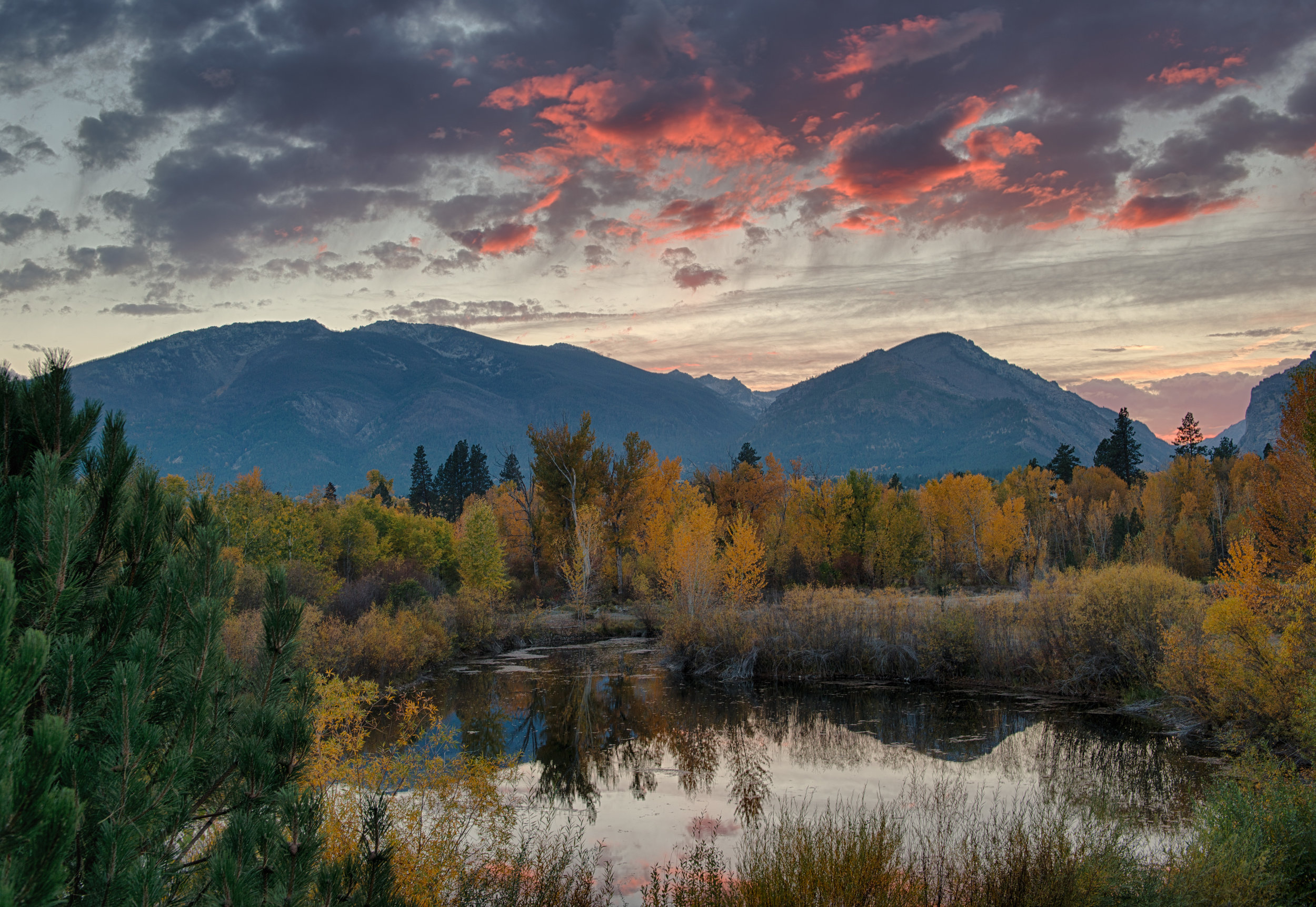Transboundary Rockies
The Rocky Mountains offer an abundance of spectacular scenery and dramatic wilderness. The landscapes come with high altitudes, rugged terrain, sharp seasonal variations in climate, bitter winters, snowslides, tumbling meltwater, other potent forces of erosion, and frequent wildfires.
The region’s defining physical characteristics have largely defended it against widespread modification by humans. As a result, the Rockies today retain the largest proportion of undeveloped landscapes and intact native plant and animal communities on the North American continent south of the subarctic zone. It is also one of the world’s preeminent wildlife strongholds and hosts North America’s greatest diversity of mid-size and large mammals, including the iconic and endangered grizzly bear and American bison.
Not even the Rockies, however, are immune to the pressures of a growing population and demand for resource development. As the landscape becomes increasingly fragmented, the loss of habitat and connectivity puts wildlife at risk and increases the potential for human-wildlife conflict. Therefore, continued protection of the region’s array of existing reserves must be combined with strategies to safeguard additional core areas and connections between them.
To ensure continued protection of this important region, the Foundation has supported conservation efforts since 1990 across a range of strategies including land protection, advocacy, environmental education, and conservation science. Partners range from large national institutions to small grassroots organizations, working with local, national, and Tribal governments and communities to ensure that this special place and its wildlife and people persist and thrive.



